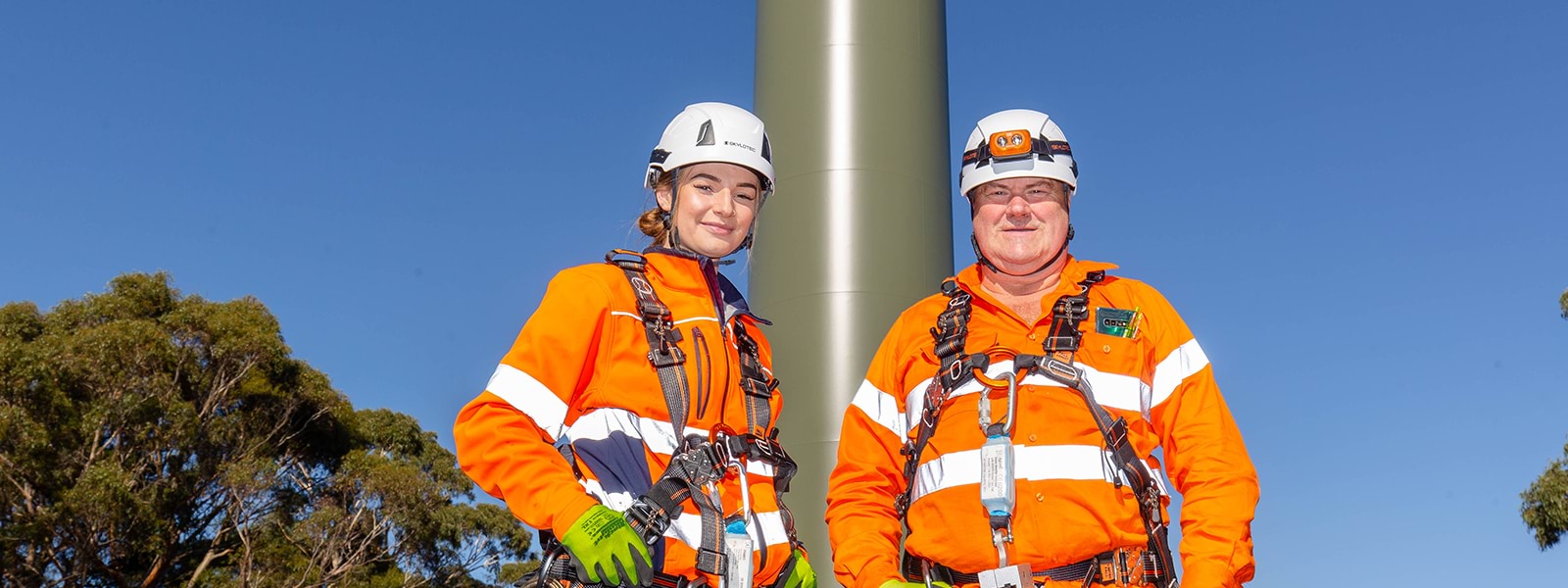Over the next three years, we will:
- Pilot aspects of the revised Australian Qualifications Framework to design contemporary skills solutions and strengthen recognition and credit arrangements.
- Use existing skills classification tools to identify new and emerging skills to supplement existing qualifications.
The Australian Qualifications Framework (AQF) is the basis for recognition in the community of formal learning across schooling and vocational and higher education and sets out progression in knowledge and skills.
The increasing sophistication in the application of skills and knowledge today and the rate of change in work will also require the ability to learn and adapt on-the-job. This adds weight to the recommendations of the Australian Qualifications Framework Review released in October 2019 which Education and Skills Ministers are looking to implement.
At the same time, the focus on skills as the outcomes of education and training is a growing trend. Many industries and employers are targeting skills as the basis of hiring and enhancing the capability of their workforce.
Big data techniques are being used increasingly to identify the skills being advertised by employers and the National Skills Commission has developed a skills classification tool based on these approaches.
One of the limitations in the development of this skills plan is the lag in identifying new and emerging skills. Using these indicators of skills alongside qualifications can assist in planning for future skills. Importantly, it uncovers those that are becoming critical for success such as analytical and digital skills and important skills for working with others and problem solving and adaptability in work practices.
Harnessing the information on skills identified through big data techniques with the new structures offered through the revised AQF provide an exciting opportunity to design contemporary skills solutions. The VSA can work through a new model to pilot this approach, in the digital economy for example.
An important design feature will be to highlight the significance of applied skills and knowledge as the foundation of vocational learning to successful careers and as a credit toward higher learning. These features will also need to be considered as the basis of the new teaching skills in vocational education and training to support these new learning expectations.
Updated
